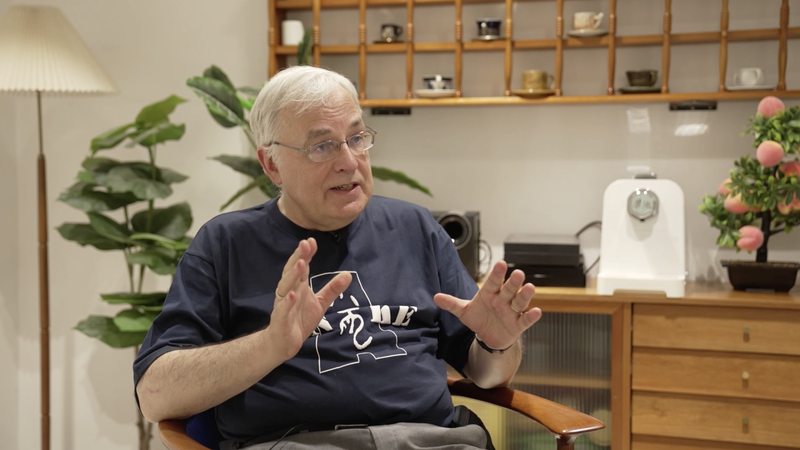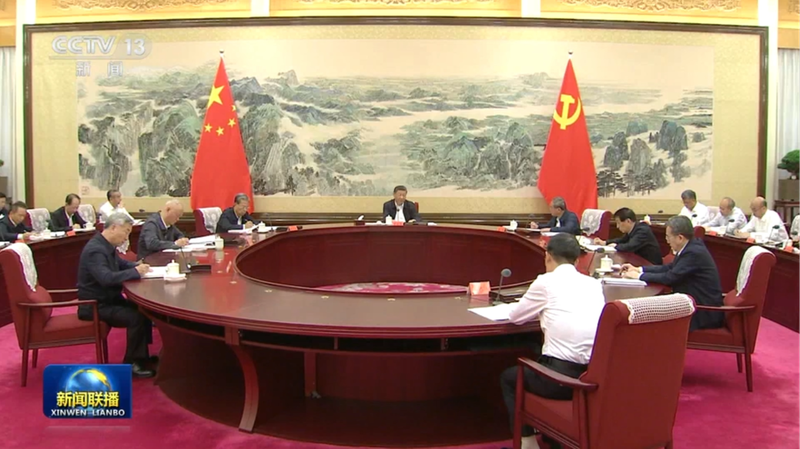Imagine unrolling a piece of silk over 2,300 years old: the Chu Silk Manuscripts, discovered at the Zidanku site in Changsha, offer an extraordinary glimpse into ancient Chinese thought and early textile craftsmanship.
UCLA professor Lothar von Falkenhausen, a leading scholar in Chinese archaeology, is calling the global community to action: reunite and preserve these manuscripts as one cohesive collection.
Unearthed in Changsha, Hunan Province, the Chu Silk Manuscripts stand as the oldest known classical Chinese texts on silk. Earlier this May, two fragmented volumes were returned to the Chinese mainland by the Smithsonian National Museum of Asian Art, but the most complete section, volume I, remains held abroad in fragments.
The newly published English edition of The Chu Silk Manuscripts from Zidanku, Changsha (Hunan Province), co-translated by Lothar von Falkenhausen and University of Chicago scholar Donald Harper and released by the Chinese University of Hong Kong Press, has reignited interest in these treasures.
For young global citizens, entrepreneurs, thought leaders, sports fans and digital nomads alike, the story of these manuscripts bridges history and modern dialogues on cultural preservation. They reveal early legal codes, ritual practices and the sophistication of silk weaving that underpinned the Chu kingdom.
As the academic community celebrates the new edition, von Falkenhausen stresses that true preservation means reunification. Restoring volume I to the Chu Silk Manuscripts collection will ensure scholars and the public can study the texts in full context.
The call is clear: it is time for volume I to come home and for the Chu Silk Manuscripts to be admired and understood as a unified legacy of the Chinese mainland.
Reference(s):
cgtn.com




